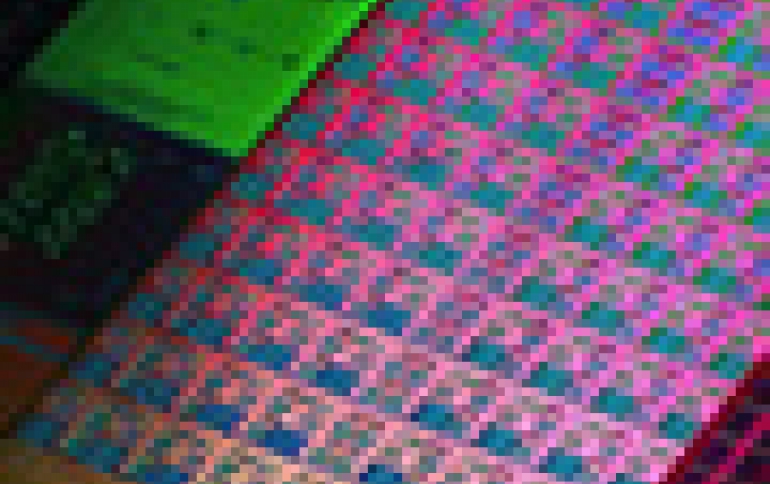
Intel, Samsung and Toshiba Continue to Lead The Semiconductor Market
As they have for several years, Intel, Samsung and Toshiba (in that order) remain the world's top vendors of semiconductors, in a market which is expected to see about 4% growth during 2011, according to ABI Research.
"In the first quarter of 2011 these three firms together controlled 31.6% of the global semiconductor market, a slight increase over their 2010 share. That difference was made up by Intel, which lifted its portion by 2%," said ABI Research semiconductor practice director Peter Cooney.
Periodic, quite significant fluctuations have always been the norm in the semiconductor market, Cooney says. "There may be steady periods, but you can more or less guarantee that every four or five years, the whole market will move quite drastically."
In addition, the top levels of the market landscape are currently being reshaped by a wave of acquisitions. Intel acquired parts of Infineon; Qualcomm recently completed its acquisition of Atheros, and Texas Instruments is set to acquire National Semiconductor. "These deals," says Cooney, "will have an impact on quarterly results this year, on the companies' future directions and product strategies, and probably on the division of market share. The strongest (generally) get stronger and competition increases, which forces the smaller suppliers to become more innovative in order to compete."
Periodic, quite significant fluctuations have always been the norm in the semiconductor market, Cooney says. "There may be steady periods, but you can more or less guarantee that every four or five years, the whole market will move quite drastically."
In addition, the top levels of the market landscape are currently being reshaped by a wave of acquisitions. Intel acquired parts of Infineon; Qualcomm recently completed its acquisition of Atheros, and Texas Instruments is set to acquire National Semiconductor. "These deals," says Cooney, "will have an impact on quarterly results this year, on the companies' future directions and product strategies, and probably on the division of market share. The strongest (generally) get stronger and competition increases, which forces the smaller suppliers to become more innovative in order to compete."





















